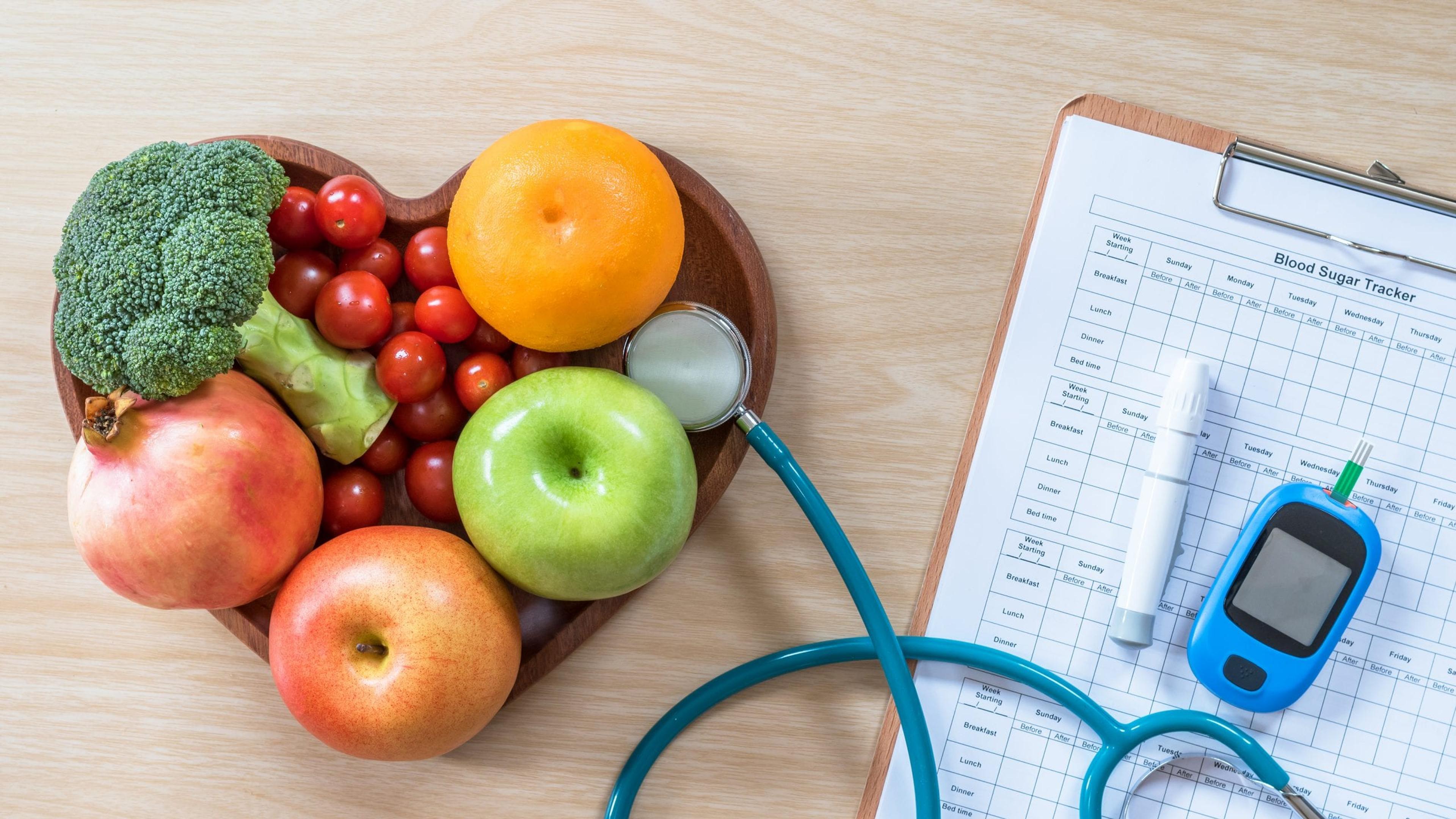Top 5 Myths About Diabetes
Amy Barczy
| 5 min read
Amy Barczy is a former brand journalist who authored content at Blue Cross Blue Shield of Michigan. Prior to her time at Blue Cross from 2019-2024, she was a statewide news reporter for MLive.com. She has a decade of storytelling experience in local news media markets including Lansing, Grand Rapids, Holland, Ann Arbor and Port Huron.

In the past two decades, the number of adults in the U.S. diagnosed with diabetes has doubled. A growing number of young adults age 18-34 are being diagnosed with type 2 diabetes as well. Now more than 30 million Americans have diabetes – and more than double that population is pre-diabetic and at risk for type 2 diabetes. Diabetes is a chronic condition that means your body has difficulty turning food into energy. The body either isn’t making enough insulin – or isn’t using its insulin efficiently – causing blood sugar to stay in your blood stream. Diabetes can lead to heart disease, kidney failure and blindness. There are three main types of diabetes:
- Type 1 diabetes affects about five percent of all diabetes patients and is an autoimmune reaction in which the body does not produce insulin. Typically, the diagnosis is in children, teens and young adults, and symptoms often develop quickly. People with type 1 diabetes must take insulin daily to survive.
- Type 2 diabetes is the predominant form of diabetes in the U.S., making up about 95% of cases. Symptoms typically develop over many years and may be difficult to notice, so it’s important to have your blood sugar tested to confirm a diagnosis.
- Women who are pregnant can be diagnosed with gestational diabetes, which occurs when pregnant women are not producing enough insulin or are unable to store blood sugars efficiently. Gestational diabetes can occur during pregnancy even if diabetes had never previously been diagnosed. The condition typically goes away after the birth of the baby but does increase the mother’s risk for type 2 diabetes later in life.
Diabetes costs the U.S. health care system and employers $237 billion every year. It’s an economic issue for families as they manage their chronic condition. Learning how to manage diabetes – and how to prevent type 2 diabetes – can help families avoid unneeded medical bills. Here are some common myths about diabetes:
MYTH #1. Sugar causes diabetes.
FACT: Diabetes concerns blood sugar – also known as glucose – which is the form of energy the body makes when it digests food. Insulin is a hormone naturally produced by the pancreas. It is the key to help store the extra blood sugar in the body's cells to be used as energy later. But when a body’s insulin isn’t working right – or when there isn’t enough insulin – that’s when blood sugar levels rise. That condition is called diabetes. And, excess consumption of carbohydrates to raise blood sugar without burning energy can lead to weight gain.
MYTH #2. Being overweight causes diabetes.
FACT: Being overweight does not necessarily mean a person is going to develop type 2 diabetes. A body mass index greater than 25 is considered a controllable risk factor for diabetes – but there are many other factors. People are at higher risk for diabetes if they have a poor diet, don’t exercise, experience stress and lack of sleep. There are also uncontrollable risk factors for diabetes, including age, gender, race/ethnicity and genetics.
MYTH #3. If you are diagnosed with diabetes, you need insulin.
FACT: While individuals with type 1 diabetes need insulin, type 2 diabetes can be managed with proper diet, exercise and oral medications. Insulin may be needed later, but each case is different. What’s most important after a diabetes diagnosis is making healthy lifestyle changes: stop smoking, eat healthier, well-balanced and portion-controlled meals and exercise regularly.
MYTH #4. If I get diabetes, I’ll never be able to eat sugar again.
FACT: Controlling blood sugar means controlling all carbohydrates and consuming them in the right portions for your body. This includes everything from pasta and bread to cereal and rice as well as high-sugar foods like candy and desserts. Fruit, starchy vegetables and some dairy, milk and yogurt, are carbohydrate food sources. Understanding how many carbohydrates are in your food will allow you to manage your blood sugar – and to stay healthy.
MYTH #5: I have diabetes. There’s nothing I can do about it.
FACT: Diabetes is serious – and common – but there are some controllable risk factors. You can control your type 2 diabetes by making healthy lifestyle choices like:
- Eating healthy foods and practicing balance and portion control
- Staying active wit regular exercise and preventing excessive sedentary behavior
- Losing weight, if necessary
- Taking prescribed medications
- Testing your blood sugar
- Consulting with your doctor
- Stopping tobacco and recreational drug use
- Moderating your alcohol intake
- Practicing stress management, including getting adequate sleep
Blue Cross Blue Shield of Michigan is supporting members with digital counseling tools to learn how they can make small, sustainable changes to their eating habits, activity, sleep and stress in order to better manage their diabetes diagnosis. Self-funded employers whose benefits are administered by Blue Cross have access to Omada Health online health counseling, and 24/7 support from the American Association of Diabetes Educators through the Livongo mobile app. The Livongo app connects users with coaching resources and helps them track their blood glucose readings with graphs and insights. This article is the second in a year-long series explaining how to manage chronic conditions that can be costly for families and the health care system. For more information about the series, click here. If you enjoyed this article you may also find these interesting:





